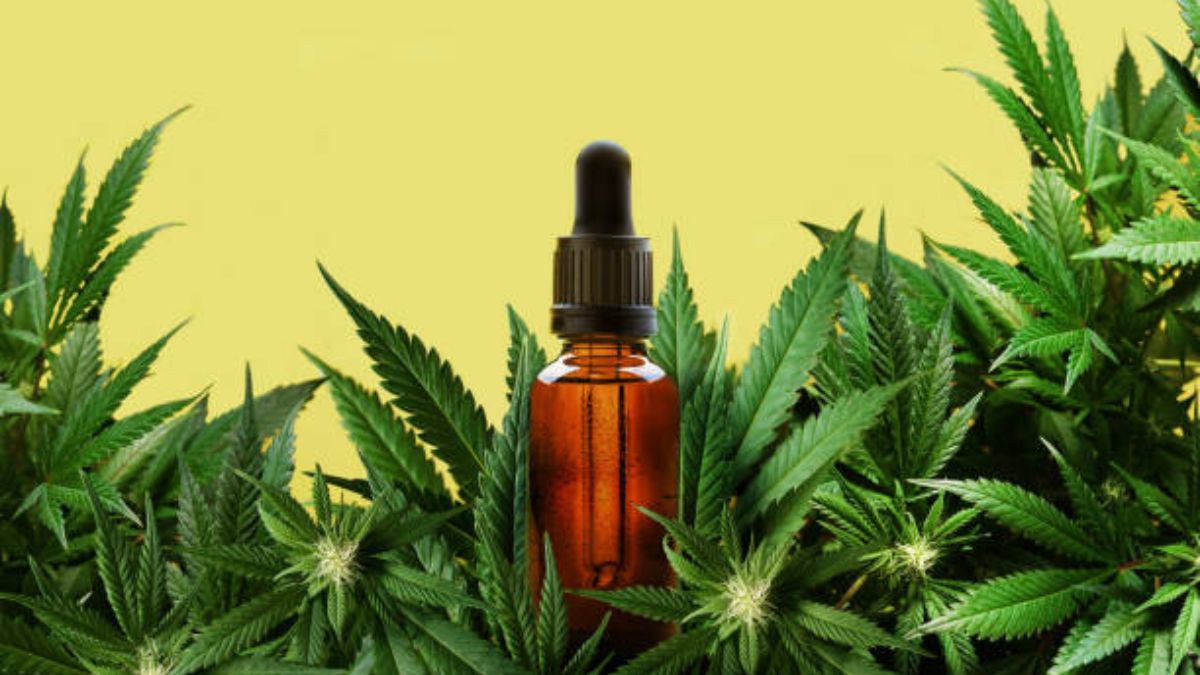While medical marijuana has been shown to provide relief for a range of medical conditions, including neuropathy, it is important to be aware of the potential downsides of using cannabis for medical reasons. There are several potential negative impacts associated with the use of medical marijuana, and these should be considered before starting treatment.
One potential downside of medical marijuana is the risk of adverse side effects. Medical marijuana can cause a range of side effects, including dry mouth, red eyes, dizziness, and impaired coordination. In some cases, these side effects can be severe, particularly in first-time patients using cannabis for medical reasons. Additionally, medical marijuana can interact with other medications, so it is important to talk to a healthcare provider before starting treatment to ensure that it is safe to use.
Another potential downside of medical marijuana is the risk of dependence and addiction. Medical marijuana contains delta-9-tetrahydrocannabinol (THC), which is the primary psychoactive component of the drug. Chronic use of THC can lead to the development of a dependence on the drug, which can result in withdrawal symptoms and an increased risk of addiction.
Medical marijuana can also have negative effects on mental health. Chronic use of THC can cause anxiety, paranoia, and depression. In some cases, these symptoms can be severe and may last for several days after use. Additionally, medical marijuana can trigger or worsen existing mental health conditions, such as schizophrenia.
Medical marijuana can also impair cognitive function, which can make it dangerous to use while operating heavy machinery or driving a vehicle. The impairing effects of THC can last for several hours after use, so it is important to consider the potential risks before using medical marijuana, particularly if you need to be alert and focused for work or other activities.
The quality and purity of medical marijuana can also be a concern. Medical marijuana is not regulated by the Food and Drug Administration (FDA), so there is no oversight to ensure that it is safe or effective. Additionally, medical marijuana can be contaminated with pesticides, mold, and other harmful substances, which can pose a risk to patients.
Another potential downside of medical marijuana is the legal and social stigma associated with its use. Medical marijuana is still illegal under federal law in the United States, and many people view its use as being associated with drug abuse and addiction. This stigma can make it difficult for patients to access medical marijuana and may result in discrimination or other negative consequences.
In conclusion, while medical marijuana has been shown to provide relief for a range of medical conditions, including neuropathy, it is important to be aware of the potential downsides of using cannabis for medical reasons. There are a number of potential negative impacts associated with the use of medical marijuana, including adverse side effects, the risk of dependence and addiction, negative effects on mental health, impaired cognitive function, and concerns about the quality and purity of medical marijuana. Patients who are considering using medical marijuana should talk to their healthcare provider to determine if it is an appropriate treatment option for their specific needs.
